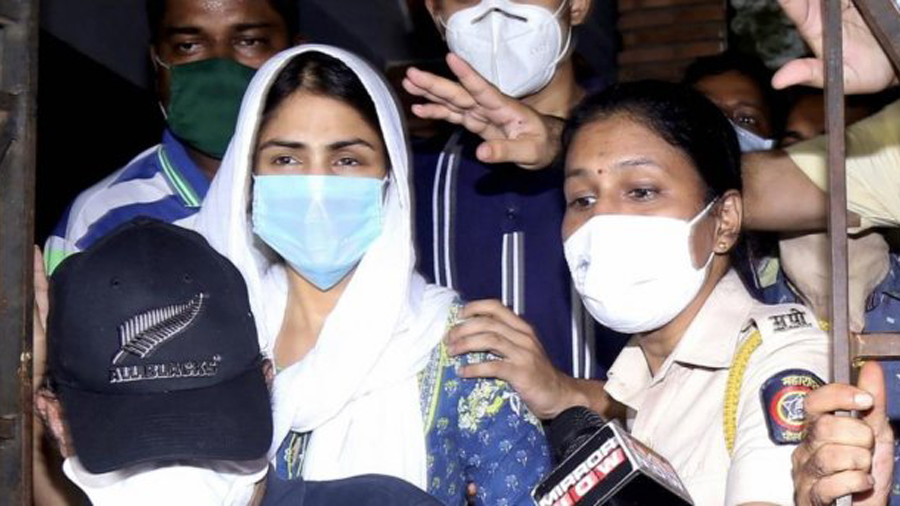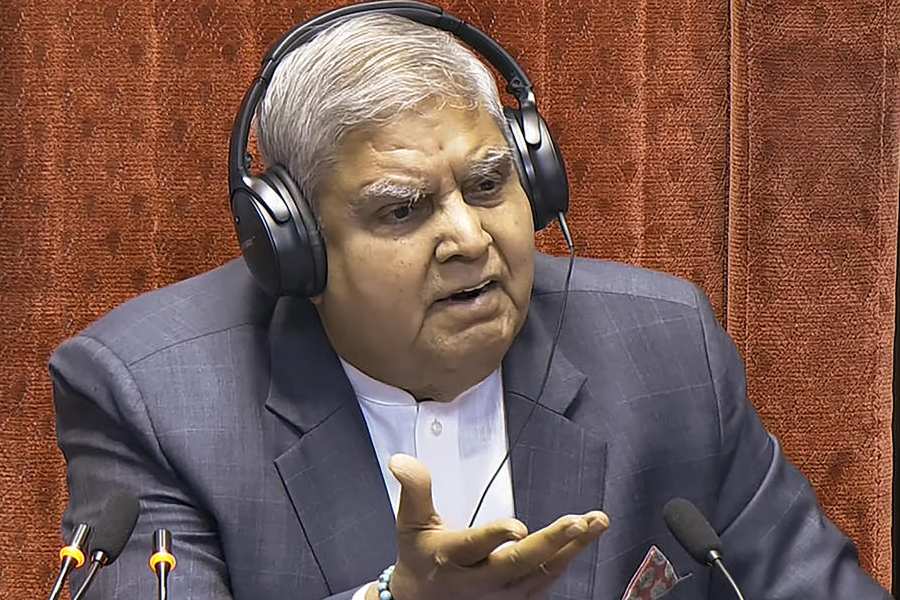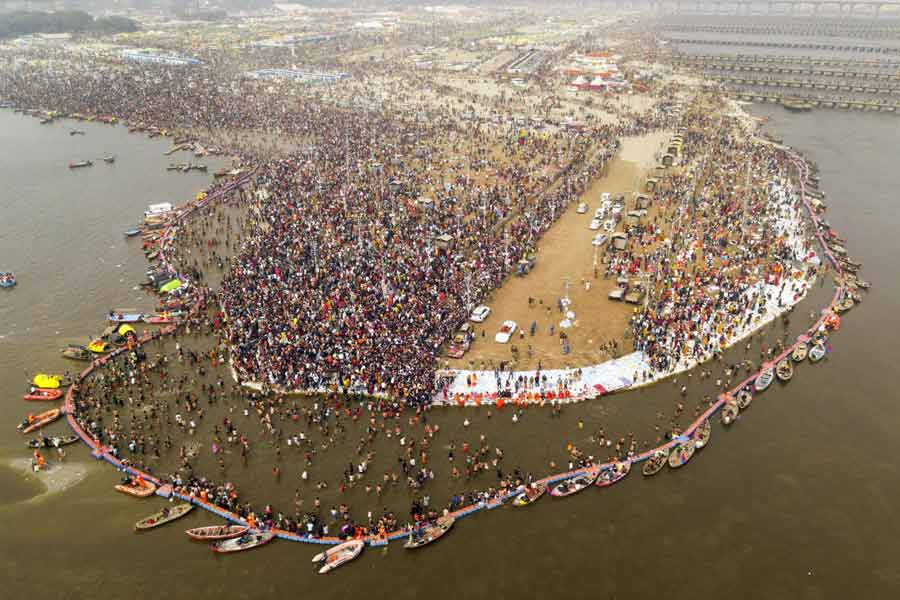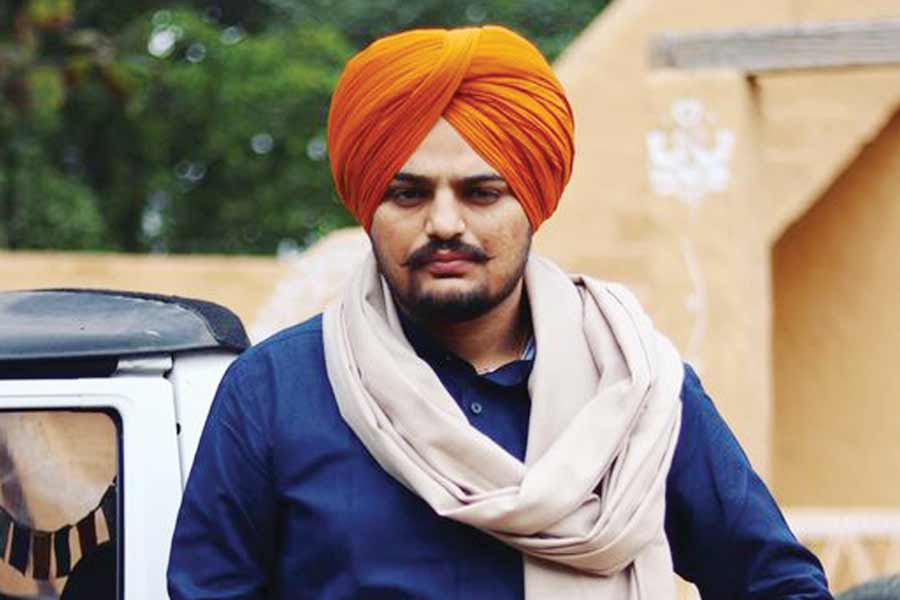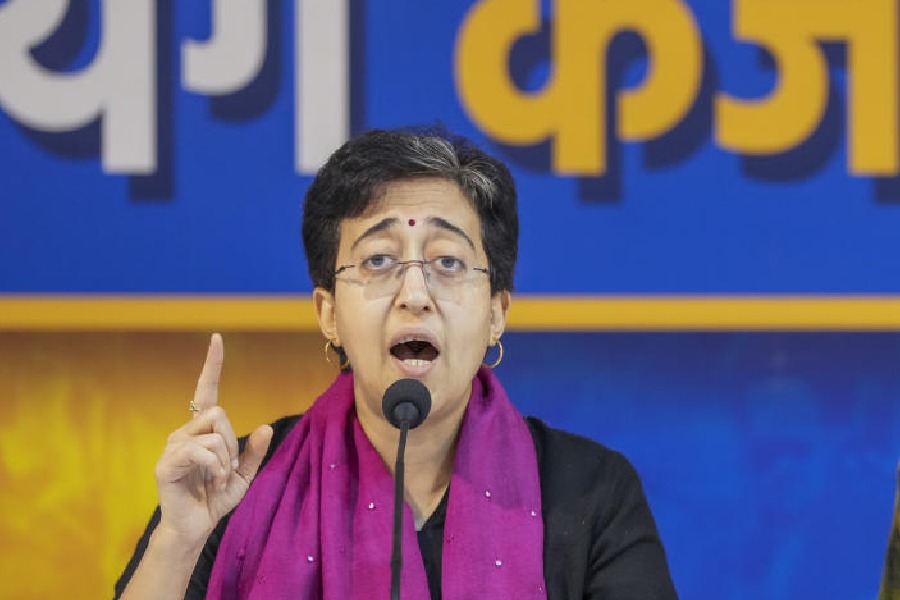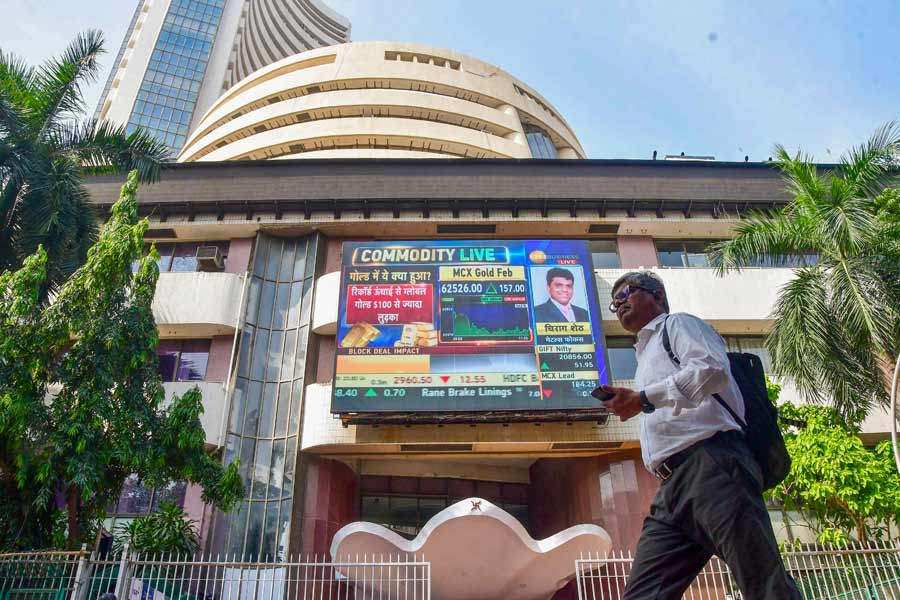As our country faces unprecedented economic, health and national security crises, it is engrossed with the lurid demonization of a young film actress. The Rhea Chakraborty affair reveals a society gripped by a series of moral panics. She is the latest devil to be burned every night in newsrooms, accompanied by a surge in audience numbers, and she won’t be the last.
Earlier this year, it was the Tablighi Jamaat. For weeks, we were inundated with a spate of ghastly revelations about the Jamaat: how its members deliberately spit on people to infect them, how they molest the nursing staff, how their design to spread the coronavirus is part of a larger jihadi agenda. Before that, the ‘urban Naxals’ posed a grave threat to the morals and the security of the nation: a band of academics and activists who were hard at work plotting to destabilize the nation and even assassinate the prime minister. Similarly, Rhea Chakraborty is just the face of an evil cabal in Bollywood engaged in shadowy, deviant relationships involving drugs, sex and power.
Moral panic is a sociological category, which denotes a public scare about a supposed threat from deviants or ‘folk devils’, a category of people who, presumably, engage in evil practices and are blamed for menacing a society’s culture, way of life, and central values. The folk devils are feverishly painted with negative attributes, assigned a vastly exaggerated level of power, and are widely loathed by an enraptured society. Because this demonization is rooted in deeply-held anxieties and fears, they are an illuminating portal to the state of a society.
The pioneering work in moral panics was done by the sociologist, Stanley Cohen, who used the concept to characterize the reactions of the media, the public and politicians to youth disturbances — the seaside fights between two youth groups, Mods and Rockers, in the Britain of the 1960s. Cohen showed that the media elevated these petty disturbances to a profound mortal threat by peppering their coverage with loaded phrases such as “riot”, “orgy of destruction”, “battle”, “attack”, “siege”, “beat up the town” and “screaming mob”. These phrases conjured up the image of a besieged town where innocent holidaymakers were being terrorized by a marauding mob, thereby constructing the Mod and the Rockers as the “folk devils” who needed to be controlled. These moral panics are created by “moral entrepreneurs” — “editors, bishops and politicians”, in Cohen’s words, who use this panic for their own sectional interests as well as to ideologically mould the norms and rules of society.
While moral panics have always been with us, this spiral of moral panics that has engrossed the country is a new phenomenon driven by three major developments: ascendance of the middle classes, a revolutionized media ecosystem, and the dominance of a populist-majoritarian government.
The Indian middle classes have always been one of the pillars of the political establishment, but they have never been as dominant in the political sphere as under the Narendra Modi government. The eminent political scientist, Suhas Palshikar, traced the utter disregard for the Covid-19-prompted lockdown on the concerns of the poor to our “majoritarian and middle-class driven social universe” where the “Politics of and for the poor has become inadmissible.”
However, the middle class is still haunted by cultural anxieties, of being looked down upon by the left-liberal cultural and literary elites. These status anxieties morphed into virulent anti-intellectualism and propelled the moral panic around the JNU controversy and gave us the term, ‘urban Naxal’. The crackdown on JNU students as well as on leftist academics and activists arrested in the ‘Bhima Koregaon’ case vindicated the supremacy of middle-class values of patriotism, social order and social harmony. The middle classes could finally thumb their noses at the snobbish academic elites and openly proclaim their stated values of freedom and egalitarianism as little more than a cover for venal and treacherous designs.
The American sociologist, Joseph Gusfield, regarded the moral panic-induced Prohibition era of the United States of America as stemming from the desire of the middle classes for enhanced status. The middle classes considered the diversities of lifestyles of industrial America as social and cultural threats to their own “social respect and honor”. The Prohibition-era ban on alcohol, thus, essentially boiled down to the “sober, abstaining citizen [seeking from] public acts through which he may reaffirm the dominance and prestige of his style of life.” The political system obliged because, according to Gusfield, the “politics of status goals” had become the defining dynamic of American politics where various groups competed in the public arena for the validation of their social status.
Having established its political dominance, the Indian middle class now seeks to establish its moral and cultural dominance. The nepotism debate in Bollywood that preceded the Rhea Chakraborty affair was less about merit and more about the cultural distance the middle class feels with sections of Bollywood, which expresses itself in distrust and hostility. After all, the middle class is as nepotistic and encrusted in networks of privilege as any Bollywood family. Hence, the only fields where it sees nepotism is where it is largely excluded: Bollywood and politics.
Secondly, moral panics have also been closely tied to the rise of mass media, which are instrumental in the construction and the presentation of the threat. The age of 24/7 news channels in India has led to the emergence of a new creature — the television anchor as the ‘moral entrepreneur’, guarding the moral barricades of society through righteous crusades. This is enabled by the steady dismantling of media standards where ratings are now unabashedly the singular goal of television news. Furthermore, the audience has been transformed from passive recipients of news to co-creators, as social media trends often dictate what constitutes news. Social media trends provide a real-time barometer of what people want to see on television stations which, in turn, reinforce those trends with their relentless coverage.
This media ecosystem is perfectly suited for moral panics. According to a news report on the Rhea Chakraborty coverage, the “total number of viewers tuning in [to English news channels] has more than tripled in a matter of weeks.” It appears that people view news as an instrument to vicariously battle imaginary threats that make them feel morally righteous, rather than to comprehend the real threats confronting their lives and livelihoods. Delusions, even threatening ones, are often more comforting than reality, particularly when you can switch them off and on at will.
Lastly, this succession of moral panics is inevitable under a populist-majoritarian government whose whole politics revolves around an idealized, majoritarian conception of good ‘people’ versus the bad ‘Other’. The patriotic, family-loving citizen must always be shown to be under threat from a variety of ‘folk devils’ — a young freewheeling woman in a live-in relationship, a bearded Muslim preacher, a leftist academic. Majoritarianism as politics only works in the presence of enduring social and cultural threats. Only in such a context can Prime Minister Modi, in this instance, present himself as the social and cultural protector of the nation. Every moral panic runs its course with the full co-operation of the State apparatus — strategic leaks from law enforcement agencies constantly back the media narrative. In turn, the State gets to expand its role, presenting the use of tough laws — NSA, UAPA and so on — as necessary to protect society.
Moral panics seem all-consuming at their height, but die a rather quick death. However, they leave indelible scars in their wake in terms of moulding the psyche of the society as well as the more tangible norms and rules that govern us.
The author is a political columnist and research associate with the Centre for Policy Research, Delhi

